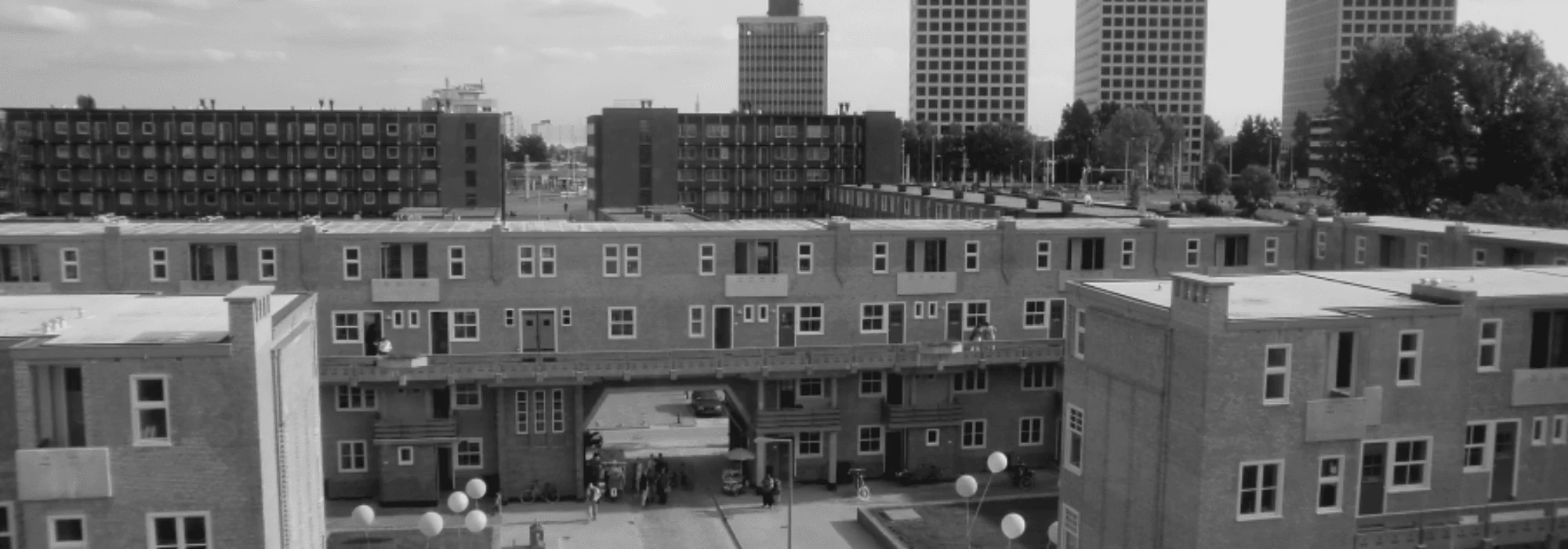
The quality of social housing leaves much to be desired, as a recent report by the NOS points out. There are plans to heavily invest in renovation of social housing. From 2007 to 2012, government and housing associations already invested more than 1 billion – in addition to the regular investments – in the 83 poorest districts in the Netherlands, the so-called ‘Krachtwijken’ programme. The larger part of the money was spent on the renovation of social housing. Not only the people occupying social housing benefit from these renovations, but also the other people living in close vicinity may benefit. According to a study by the Dutch Social Cultureel Planbureau (the Netherlands Institute for Social Research) the Krachtwijken urban revitalisation programme has had little impact on the viability and attractiveness of neighbourhoods.
Economists Hans Koster and Jos van Ommeren show the opposite in their recent research: the Krachtwijken programme does have positive effects. Compared to similar neighbourhoods, housing prices have increased and selling times are shorter. Housing prices and selling time are considered as good indicators for the attractiveness of a neighbourhood: People will pay more for a house in an attractive neighbourhood, and house owners will likely sell their house quicker. Krachtwijken have thus become more attractive as a result of the investment.
Surrounding houses benefit from renovations
A typical example of a targeted neighbourhood is Spangen, Rotterdam. Hans Koster argues that “many new houses were built and social housing was renovated. The renovation of the historic Justus Quarter is a particularly good example. Houses in close vicinity to this block likely benefited and the living environment as a whole became more attractive and pleasant, which led to increasing housing prices.” The programme’s benefits to homeowners are sizeable and at least half of the value of investments in public housing. Koster and Van Ommeren looked into changes in prices and in selling time of houses – before and after 2007, the time when the Krachtwijken programme started. Koster: “We compared these changes with the changes in prices of almost identical houses in similar neighbourhoods. We found that the Krachtwijken programme is the only explanation for the relative price increase – and we rule out other explanations: changes in house prices are not due to the crisis in the housing market or particular demographic trends.”
This blog is a repost from urbaneconomics.nl
Read the full paper “Place-based policies and the housing market”